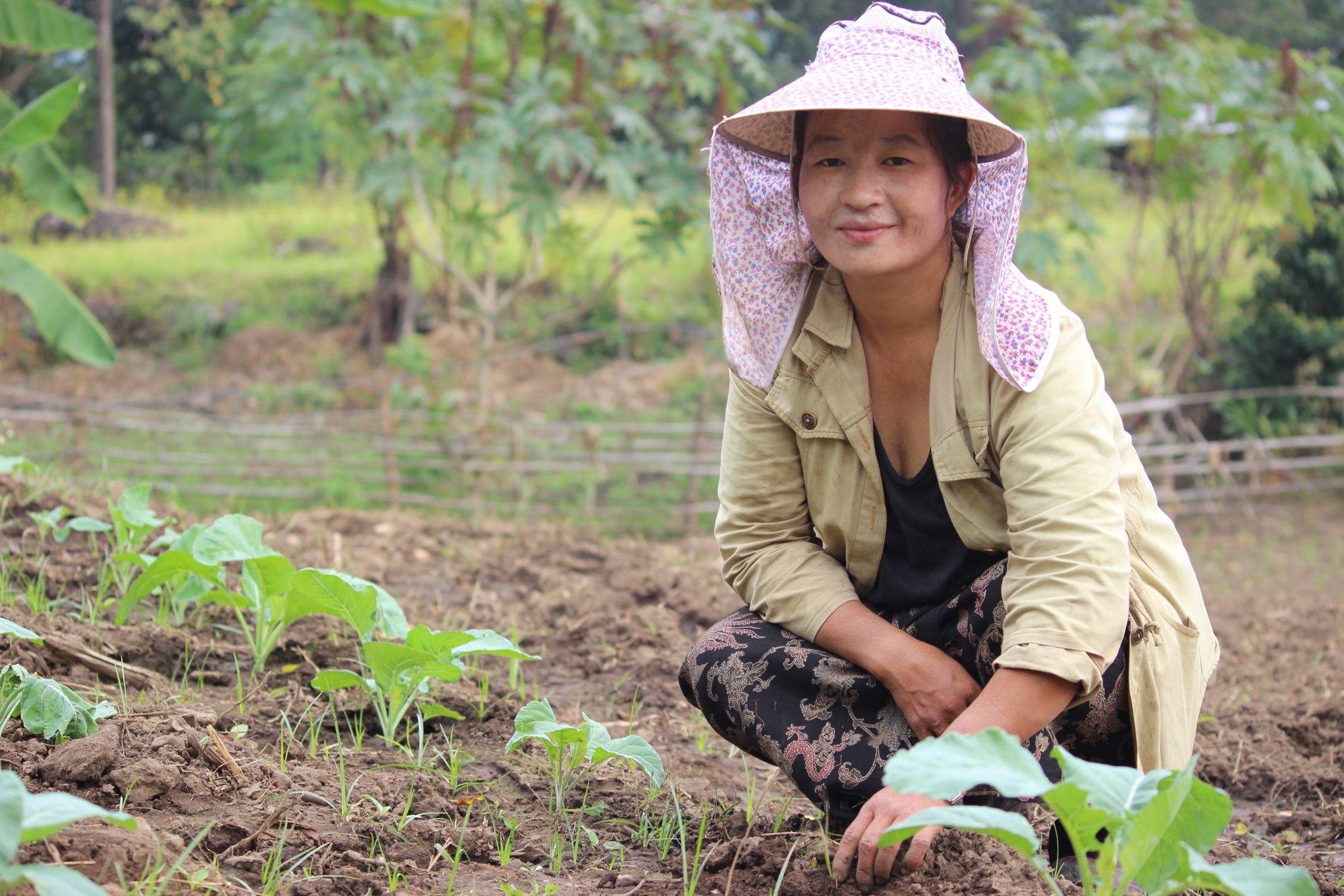
Photo: UNDP Bhutan/Dechen Wangmo
As the impacts of climate change grow more severe, countries are pursuing adaptation efforts to safeguard communities, strengthen food systems and build long-term climate resilience. Nature-based solutions are a critical part of these efforts. They use the power of ecosystems, such as forests, wetlands, farmlands and coastal habitats, to diminish climate risks, while safeguarding vital services like clean air and water, pollination and biodiversity protection.
The growing inclusion of nature-based solutions and ecosystem-based adaptation (EbA) options in both National Adaptation Plans (NAPs) and Nationally Determined Contributions (NDCs) is helping countries align their adaptation and mitigation efforts.
This alignment strengthens policy coherence, facilitates access to climate finance, and promotes integration of ecosystem resilience—particularly through improved coordination between NAPs, NDCs, and National Biodiversity Strategies and Action Plans (NBSAPs).
While over 90 countries reference nature-based solutions in their NDCs, their role is often limited rather than central or with a unified strategy. Still, there is momentum building. More than 30 countries are now actively embedding nature-based solutions in areas such as forest restoration, agroecology, watershed management, and urban greening into their third-generation NDCs.
In the adaptation space, as of 2024, 44 out 57 countries have explicitly referenced nature-based solutions or EbA in their submitted NAPs to the UNFCCC and many have identified at least one priority sector related to ecosystems or biodiversity actions tailored to local climate risks and community needs. Here are some examples of countries doing this work:
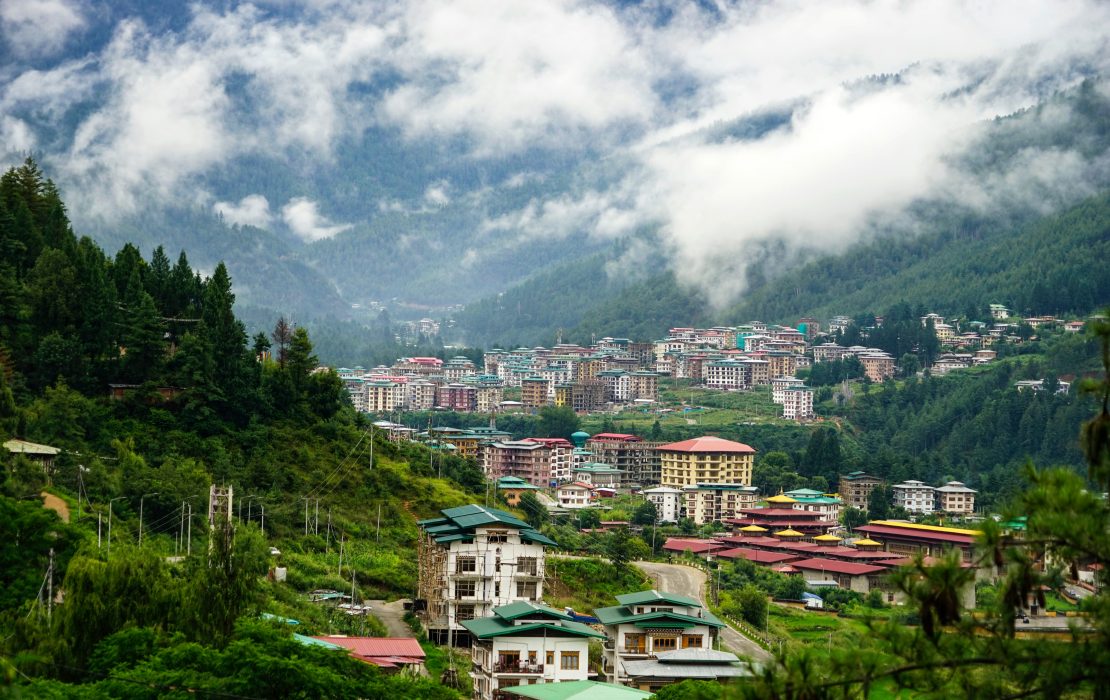
Green spaces in Thimphu reflect Bhutan’s commitment to climate resilience, biodiversity, and its rare carbon-negative status. Photo: UNDP Bhutan
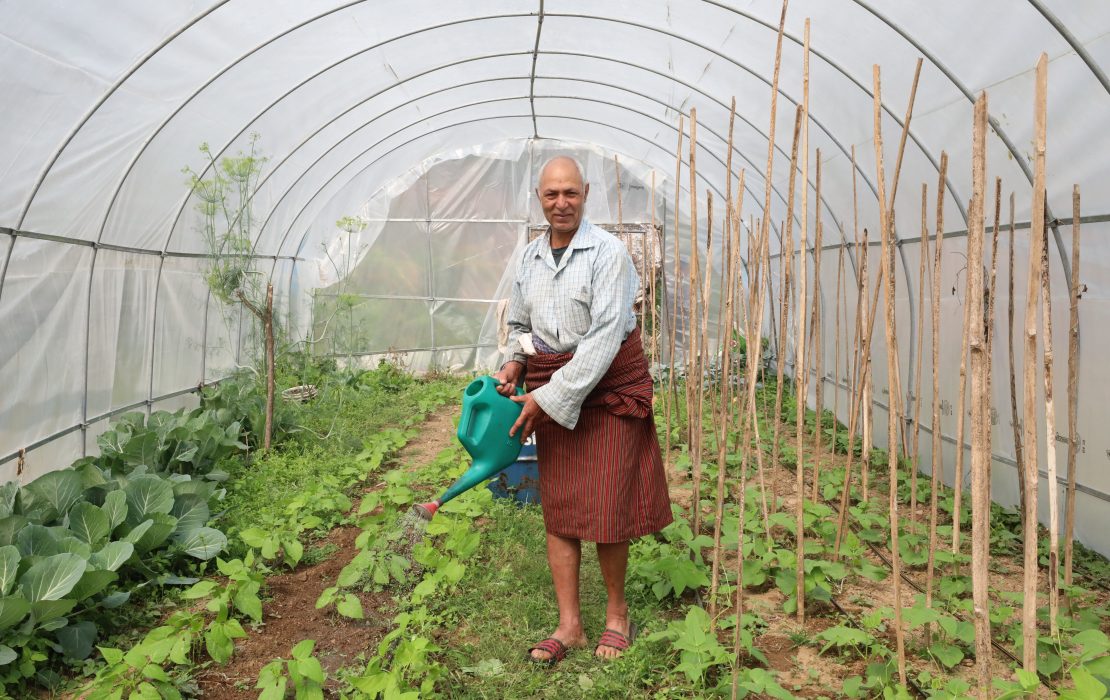
Farmers in Bhutan use native vegetation and ecosystem-based greenhouse designs to protect crops, conserve water, and adapt to a changing climate. Photo: UNDP Bhutan/Phuntsho Namgay
Green spaces for Bhutan’s urban areas
Bhutan remains one of the world’s few carbon-negative countries, absorbing more carbon than it emits. This unique position gives added value to the country’s rich ecosystems and biodiversity, not only for national climate resilience but also for global climate goals. Bhutan prioritizes climate adaptation actions in key sectors such as forests, water, ecosystems and biodiversity, vital for protecting rural livelihoods and urban development alike. To help bring its vision to life, Bhutan is mobilizing domestic and international finance, including through the creation of the Bhutan Climate Fund, which channels resources into these four priority sectors.
A standout nature-based solutions initiative under Bhutan’s National Adaptation Plan, funded by the Green Climate Fund (GCF) Readiness Programme, is the Green Infrastructure and Open Spaces Masterplan for Thimphu. The plan aims to integrate green spaces in the capital city and its surrounding areas, using native vegetation and ecosystem design to manage urban climate risks like flooding and landslides. It also aims to increase connectivity through walkable, shaded routes, creating a more inclusive and livable city. Earlier this year, the government also secured US$20 million from the Global Environment Facility (GEF) Least Developed Countries Fund to invest in nature-based solutions in Thimpu and the neighbouring district of Paro.
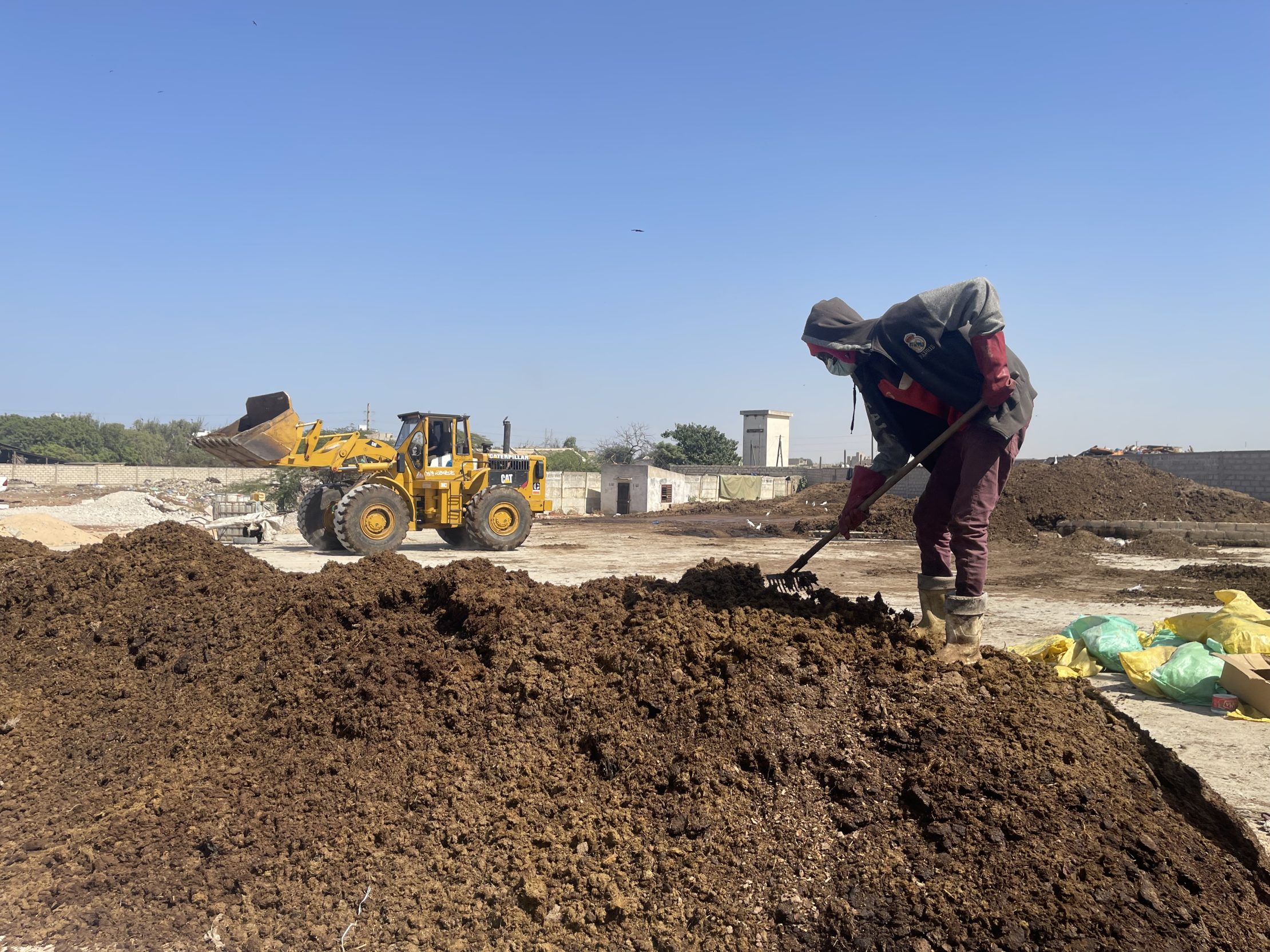
Through the UNDP-FAO SCALA programme, farmers in Senegal are adopting composting and mulching to boost soil health, conserve water, and build climate resilience. Photo: UNDP Senegal
Nature-positive interventions for agriculture in Senegal
Agriculture is a foundational sector for rural livelihoods and food security in Senegal, which is why it’s a top priority in the country’s NAP and NDC. With technical support from the UNDP-FAO SCALA programme, funded by Germany’s International Climate Initiative (IKI), Senegal is using the results from a system-level assessment to scale up climate-smart agriculture activities, with a focus on millet, groundnut and market gardening value chains.
One of the more promising nature-based solutions to come out of the assessment is composting. Organic fertilizer obtained through composting is not only more affordable, but it also reduces reliance on chemical fertilizers and boosts long-term soil health. The SCALA programme is training small-scale farmers, especially women, in the use of composting techniques. It is also exploring mid-sized composting systems that could spur green businesses. These interventions are helping Senegal work towards its commitment to expand compost use to 20,000 hectares.
Mulching is another nature-based solution implemented through the SCALA programme in water management for market gardening. Together with the use of organic fertilizer, mulching improves soil moisture retention while lowering water use, essential in the face of recurring droughts.
Nature-based solutions also help with restoring degraded ecosystems and strengthening local resilience. An initiative led by the Government of Senegal, with funding from the GEF Least Developed Countries Fund (LDCF), combines climate-smart agriculture, agroforestry and improved soil and water management to restore more than two million hectares of land in the Ferlo Biosphere Reserve and Plateau of Thies. This includes promoting assisted natural regeneration, planting drought-resistant native species, and supporting sustainable grazing practices that help prevent erosion and improve soil fertility.
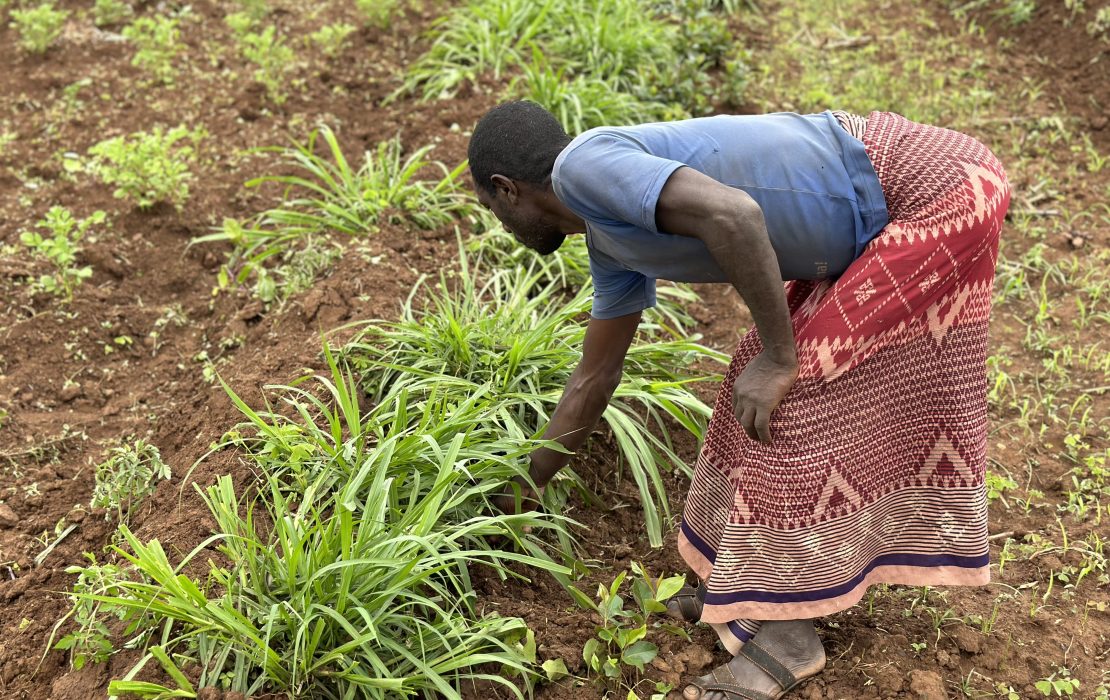
Ethiopian farmer Eshetu Tesene grows maize, sorghum, and cabbage alongside livestock on one hectare of land, which is also known as a ‘mixed farming system.' Photo: UNDP Climate/Melanie Pisano
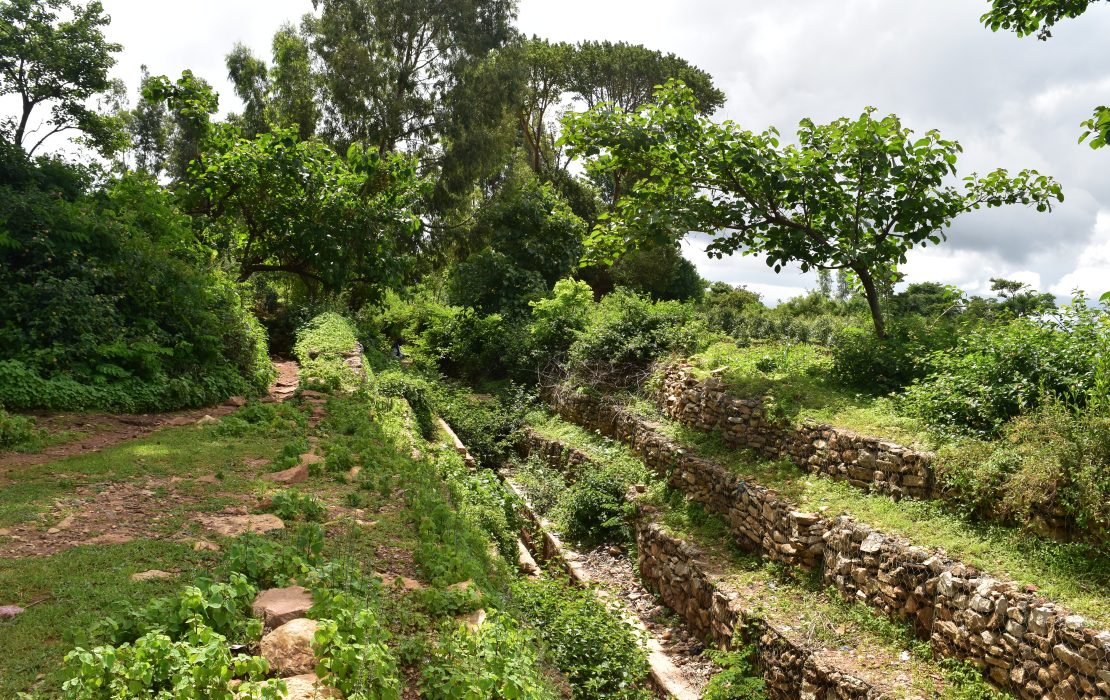
An irrigation canal in Sofi Kebele, Lugo micro-watershed supports integrated watershed management efforts to conserve water, improve soil quality, and boost community resilience in Ethiopia. Photo: UNDP Ethiopia/Edom Berehanu
Watershed management for improved livelihoods in Ethiopia
In Ethiopia, climate change is already threatening water sources, agricultural productivity and rural livelihoods, particularly those of vulnerable communities. In response, Ethiopia’s NAP focuses on livelihoods’ adaptation, ensuring women and marginalized groups have a seat at the table in resilience planning. The result is a more inclusive, community-rooted approach to managing climate risk.
The SCALA programme is supporting the country’s NAP with watershed-based planning centred on people and livelihoods. Rather than leading with top-down technology, the approach emphasizes long-term investments in ecosystem health and local knowledge. Interventions focus on integrated watershed management which improves surface irrigation efficiency, introduce better water scheduling and encourage mulching and organic inputs. These efforts conserve water, reduce erosion and improve water infiltration, enhance soil quality and ultimately strengthen resilience in some of Ethiopia’s most vulnerable communities.
Moreover, in the country’s highland regions, over 3,600 hectares of degraded farmland and hillsides have been brought back to life through an effort backed by the GEF Least Developed Countries Fund, while in the lowland regions, communities have rehabilitated almost 2,000 hectares of communal land and farmland. The measures have significantly improved water retention, soil fertility and erosion control.
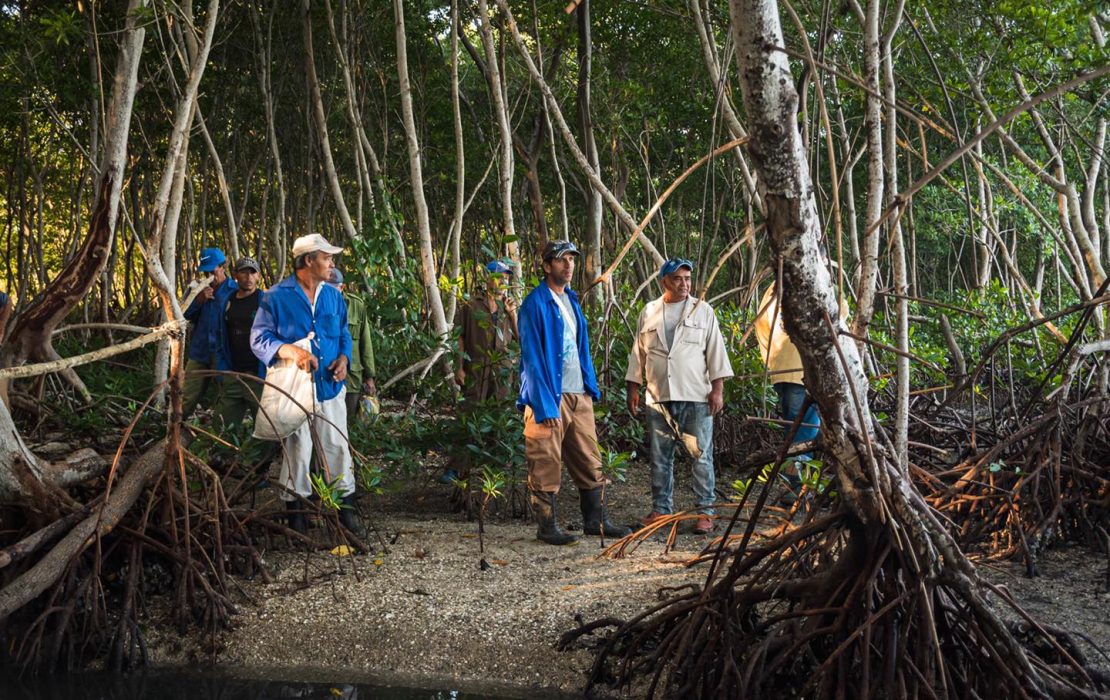
Reforesting mangroves in the Granma province, as part of the UNDP-supported Green Climate Fund-financed project 'Coastal Resilience to Climate Change in Cuba through Ecosystem Based Adaptation' ("Mi Costa"). Photo: David Estrada/Grupo Creativo Naturaleza Secreta
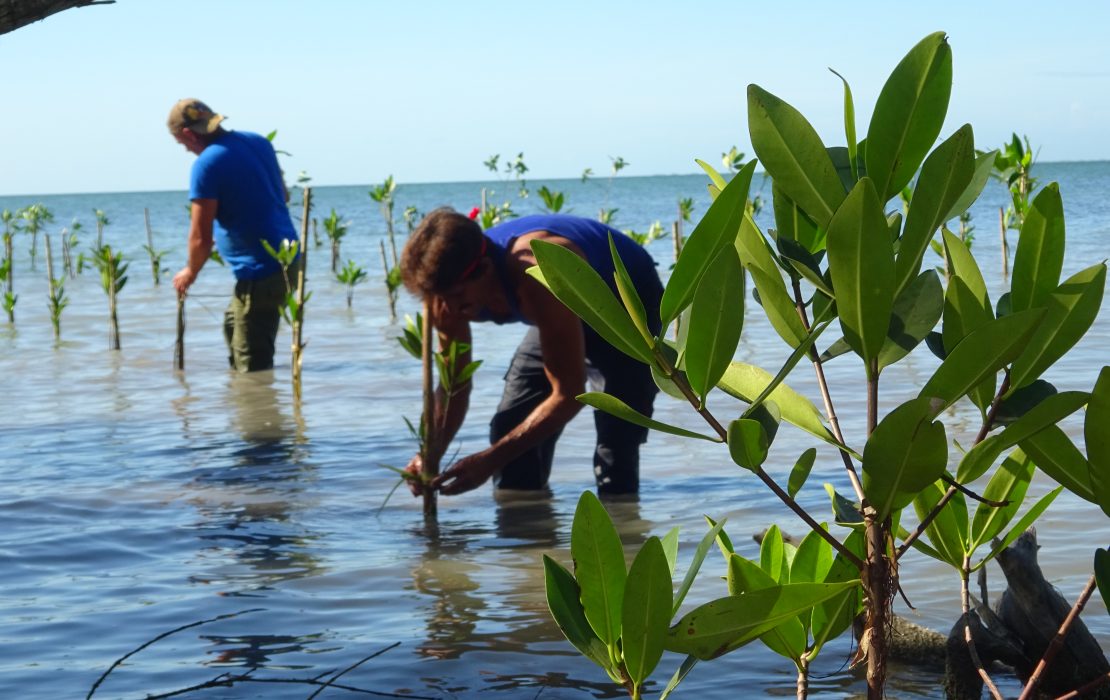
Along Cuba’s coast, mangrove reforestation efforts map degraded areas, apply rehabilitation protocols, and connect ecosystem data to national adaptation strategies. Photo: UNDP Cuba
Restoring coastal ecosystems in Cuba
Cuba’s 5,700-kilometre coastline is highly exposed to climate risks, with rising sea levels, saltwater intrusion and increasingly intense hurricanes threatening over 70 percent of the population living in low-lying coastal areas and putting critical ecosystems at risk. The country’s ongoing NAP process, supported by UNDP and the GCF Readiness Programme, places a strong focus on ecosystem-based adaptation.
The “Mi Costa” (My Coast) project is a 30-year initiative that aims to restore over 11,000 hectares of mangroves and 3,000 hectares of swamp forests across seven coastal provinces, with support from UNDP and GCF. These ecosystems serve as natural barriers against storm surges, erosion and saline intrusion, protecting freshwater sources and livelihoods. Specific interventions carried out by the project include mapping degraded zones, developing mangrove rehabilitation protocols and linking ecosystem data with national adaptation strategies. By treating land and sea as interconnected systems, the project works to safeguard coastal communities while also enhancing biodiversity, boosting carbon storage and improving water quality.
Community involvement has been key for the success of interventions, with over 60 percent of residents in the project areas participating in trainings on early warning systems and ecosystem restoration.
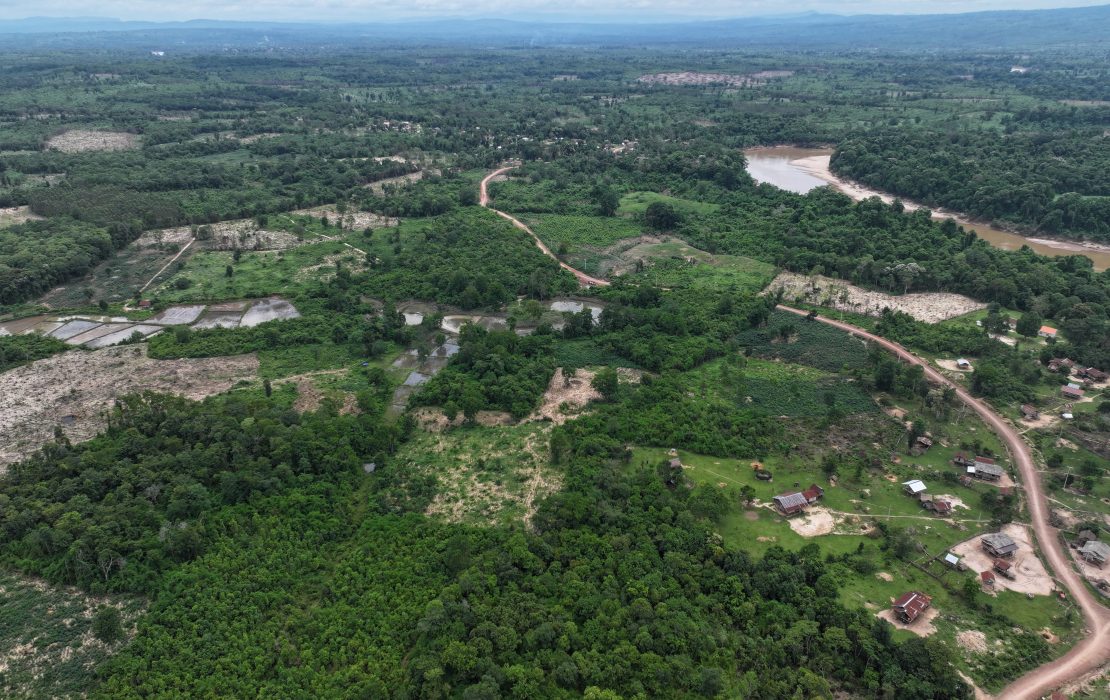
Ecosystem restoration under the Integrated Water Resource Management and EbA project revives wetlands and riverbanks, improving natural flood control while sustaining climate-resilient livelihoods. Photo: UNDP Lao PDR
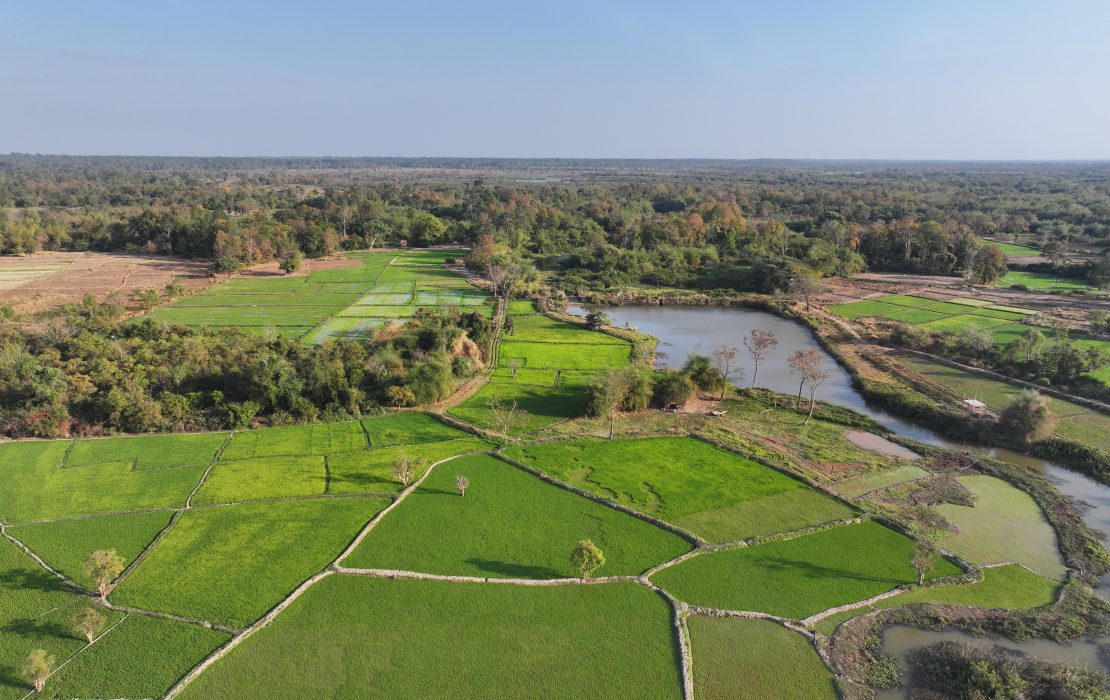
Retention ponds constructed through the Integrated Water Resource Management and EbA project store excess rainwater, reduce flood risks, and provide a reliable water source for farming during dry periods. Photo: UNDP Lao PDR
Ecosystem-based adaptation for flood management in Lao PDR
In Lao PDR, worsening floods and droughts threaten lives and livelihoods, particularly in the central and northern regions. In the Champhone district, where more than 120,000 people rely on wetland ecosystems and rice paddies, past floods have caused extensive damage. In 2020 alone, over 10,000 people were affected, with thousands of hectares of crops lost that year. Encroachment into wetlands has increased sedimentation and reduced water flow, worsening the impact.
With funding from the GEF LDCF, UNDP is working to integrate ecosystem-based adaptation into water management in key sites, including Savannakhet Province and Luang Prabang city. This work combines flood management infrastructure with nature-based interventions like ecosystem restoration, retention ponds and cascading weirs. For example, cascading weirs help reduce flood intensity by providing small, stepped barriers built across waterways that slow water flow, reduce erosion and help restore natural hydrology by mimicking the function of natural.
Nature-based solutions deliver multiple, compounding benefits. Yet, despite their proven value, they remain critically underfunded. In 2022, $200 billion were invested in nature-based solutions, a third of what’s needed annually by 2030 to achieve global climate and biodiversity goals.
To close this gap, countries need blended financing solutions that include national budgets, private sector investment and multilateral climate funds. Mechanisms like the Bhutan Climate Fund and Cuba’s integrated coastal zone financing framework show what’s possible when ecosystem services are valued and supported at scale.
As countries accelerate their NAP processes under the Paris Agreement, nature-based solutions must be recognized not just as a tool for adaptation but as a foundation for climate resilience and sustainable development.

